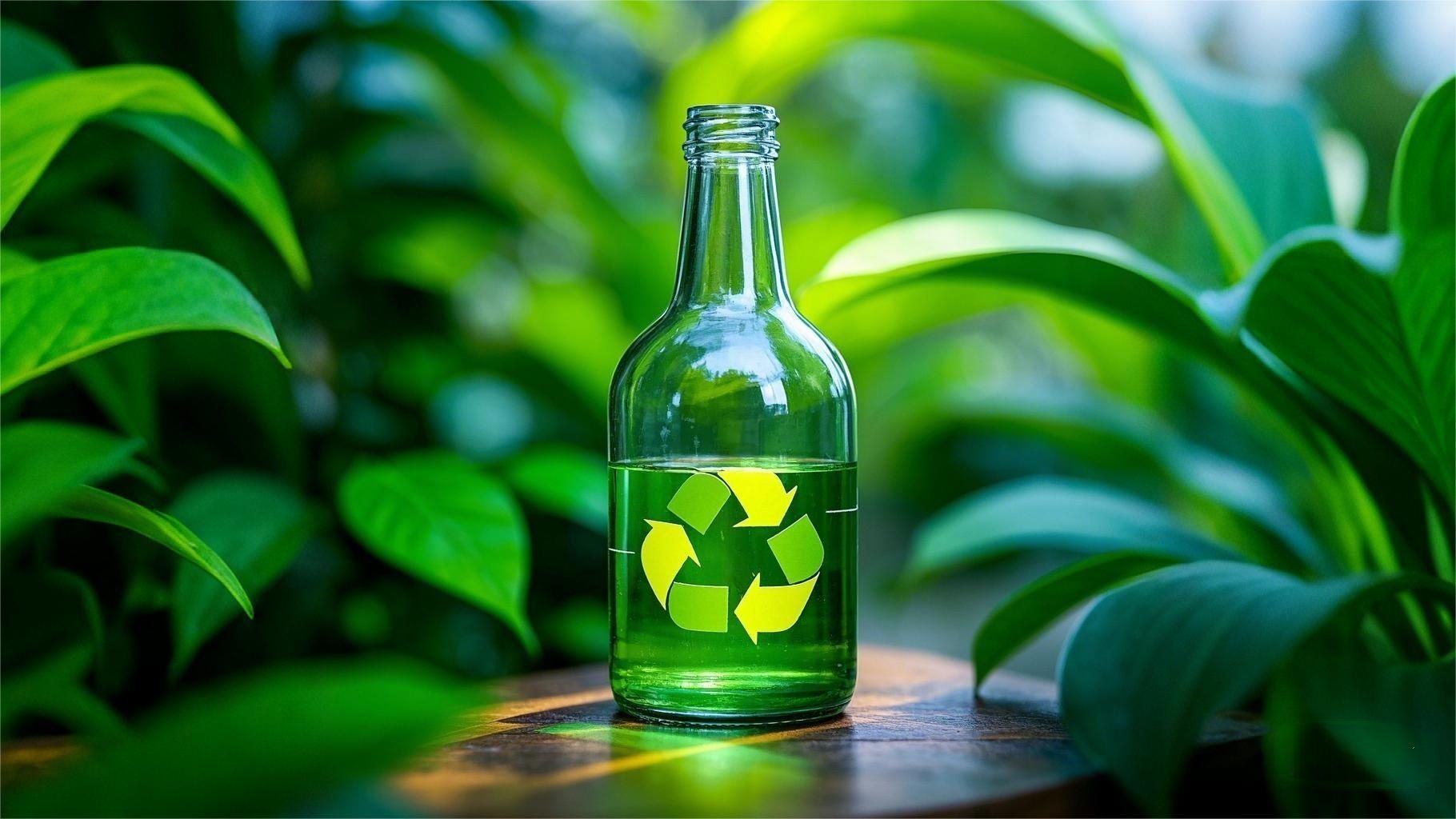1.Recycling: China's waste glass recovery rate is only about 35%, lower than the world average level. Because the waste glass is heavy and fragile, it is difficult to collect and transport, and the processing cost is high, resulting in low downstream recycling willingness. But it has a variety of recycling methods, such as prototype reuse, recycling and so on. Pernod Ricard China cooperated with Yanlongji to intelligentlyseparate the slag, separate the waste glass that can be reused, and add it to the production glass to reduce carbon dioxide emissions by 20%.
2.Production energy conservation and emission reduction: industry norms encourage the use of clean energy, many enterprises to promote glass kiln gas to electricity, or the use of clean gas projects, optimize the energy structure from the source, significantly reduce pollutants. Enterprises also improve the process and equipment, small strength brand company small strength wine bottles to use small mouth pressure blowing method, weight reduction while improving strength, saving a lot of fuel every year, carbon dioxide emissions of nearly 10 million cubic meters.
3.Product design optimization: Lightweight is a key trend, and the glass bottles of Jin Xiaojin Wine are reduced from 215 grams to 165 grams, which is both environmentally friendly and reduces transportation costs. The company also focuses on the reusable and easy recycling of product design, using easy to clean, separate packaging structures and recyclable materials to improve the recycling rate of glass bottles.

